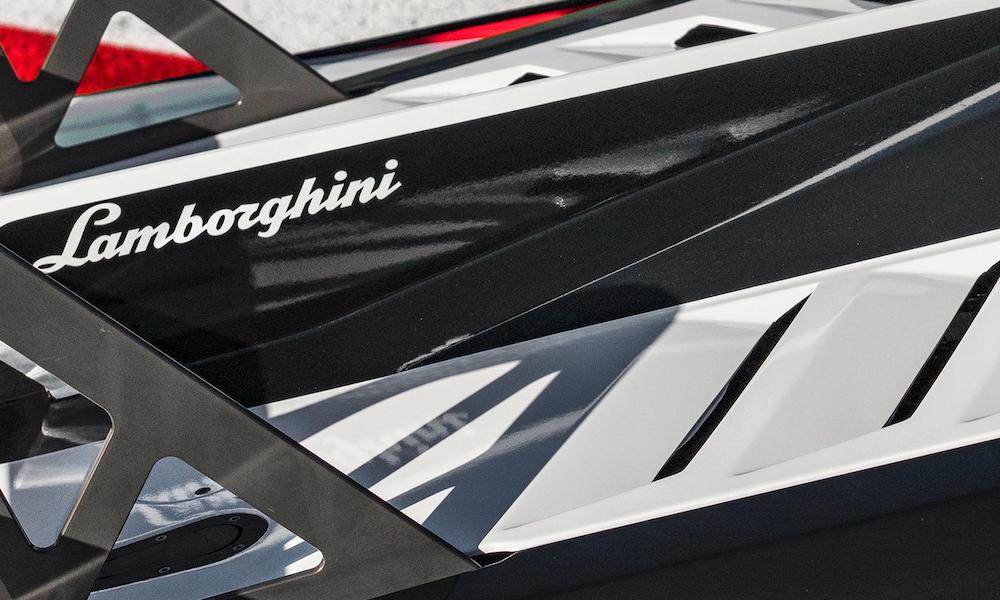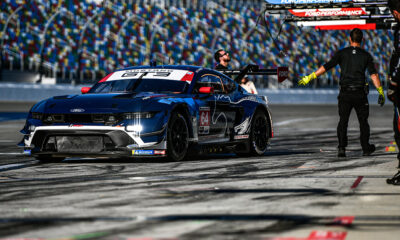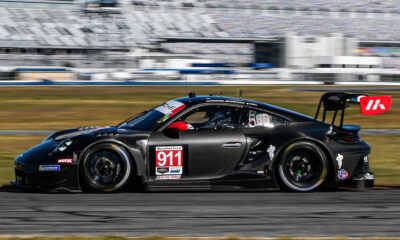A single team will field the Lamborghini LMDh car during its first year of competition in the FIA World Endurance Championship and the IMSA WeatherTech SportsCar Championship, according to the manufacturer’s head of motorsport Giorgio Sanna.
Lamborghini has announced that it is developing an LMDh prototype which is due to appear in the WEC’s Hypercar class and the WeatherTech Championship’s GTP category beginning in 2024.
Sanna has clarified that Lamborghini expects one team to represent its cause on both sides of the Atlantic but noted that it’s too early to commit to working with more organizations.
He stated that the current plan, in this early stage of the venture, is to have a maximum of four cars and a minimum of two entered evenly across the two championships.
“Regarding the team, we will communicate something at the end of the season,” Sanna said.
“Now it’s too early. Also for the drivers. The target is to have one team that will manage the IMSA program and the WEC program.
“Today it is too early to talk about more than one team, because from our perspective LMDh is not so simple to manage like a GT3 [program].
“The effort also from the company to support any other customer teams, or more than one customer team, is something that we have to put in place step by step.
“So in the beginning, for sure, we will only start with one team.”
Sanna stressed that Lamborghini does not want to enter the Hypercar and GTP classes with a factory team, declaring that its preferred strategy is to give heavy support to an existing race outfit.
This mirrors how Lamborghini approaches its top-level GT3 entries, such as TR3 Racing’s GTD Pro foray at the start of the IMSA season and Grasser Racing Team’s four-car DTM program.
It effectively means that any team running the Lamborghini LMDh car will be a paying customer rather than a contracted partner of the manufacturer.
Other Hypercar and GTP manufacturers are approaching the converged LMH and LMDh formulas with factory teams, such as Ferrari with AF Corse, Cadillac with Action Express and Chip Ganassi Racing, and Toyota and Peugeot with their own in-house operations.
“The philosophy will always be the same: we are not looking to have a factory team,” Sanna stated.
“That means a team that is fully supported from economical and technical sides from the factory. But it will be a customer team supported from the factory.
“In this case, the entire focus and power of the factory will be concentrated on just one team, at least in the beginning.”
Lamborghini has not yet mapped out whether additional teams will join the pilot squad in running the LMDh car in 2025.
“At the moment it’s too early to say,” Sanna said. “First we have to evaluate very well. Until we start, we don’t know how much effort we have to put in place.
“For the moment we are focused to do everything in a proper way, focusing on only one team. Then we will see.
“LMDh or LMH is an expensive program, so there are not so many teams that are able to sustain a program by themselves without the support of the factory.
“We have to analyze very well if we have the capability to support more than one team.
“Then, one team doesn’t mean that we have only one car. But the management and the technical support to the teams is something we have to evaluate very well, including the capability in terms of production of the cars.”
For the 2024 season, a single team running a dual program with the Lamborghini LMDh car would likely require headquarters on both sides of the Atlantic.
Porsche Penske Motorsport has deployed this strategy for its LMDh project, with the IMSA team based in Mooresville, N.C. and the WEC squad based in Mannheim, Germany.
Lamborghini already has a North American motorsport base, however Sanna indicated that it would need to ensure that the new LMDh venture does not negatively interfere with the existing Super Trofeo and GT3 regional setups.
“In America, we have a headquarters managed by Chris Ward who is doing a great job, also together with IMSA regarding the LMDh program,” he said.
“We have to put in place a structure to reinforce our internal team, to be able to work on the LMDh program without taking competence or manpower from the GT3 or Super Trofeo platforms, which we continue to invest in.
“To do that, we also have to consider the size and capability we have in the company.
“When we talk about a few teams competing in a high-level class like LMDh, it is something that we have to take into consideration and move step-by-step on.”


























